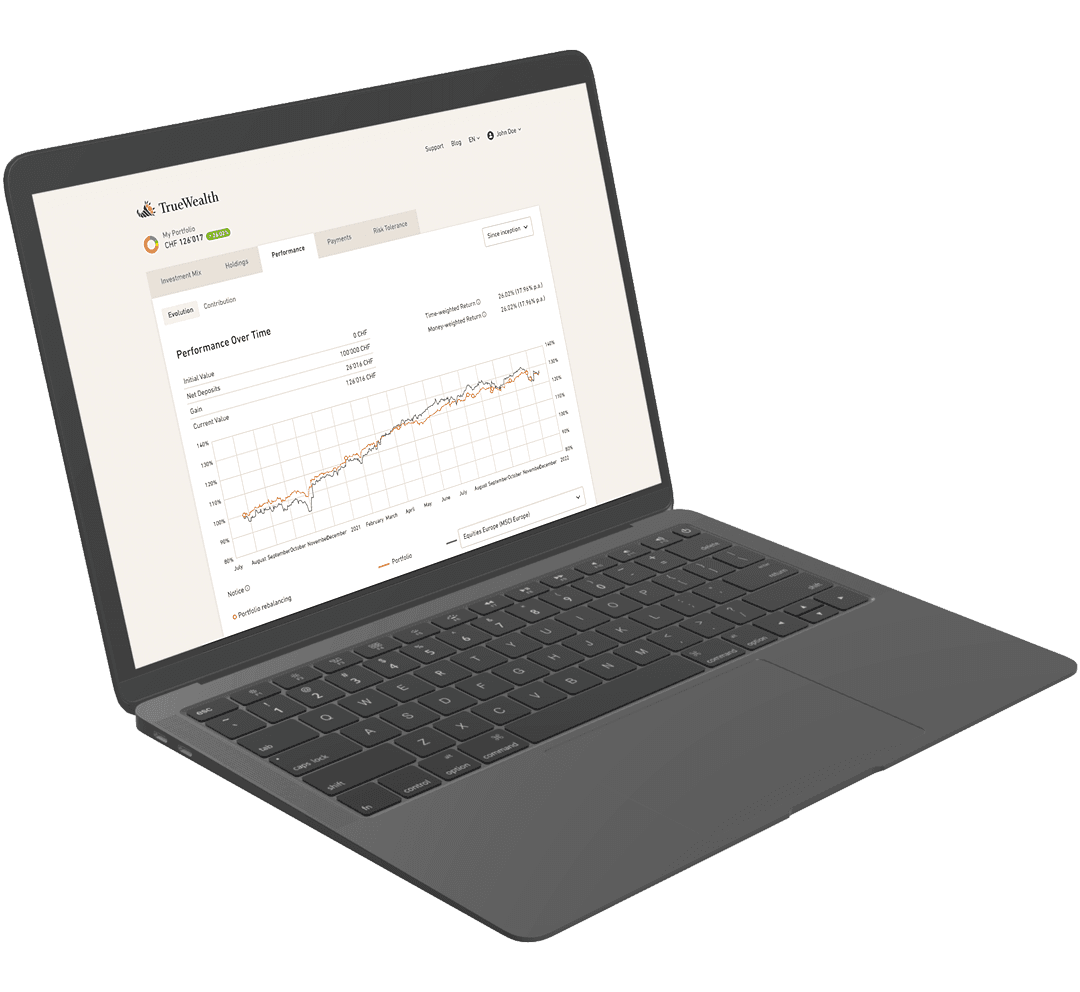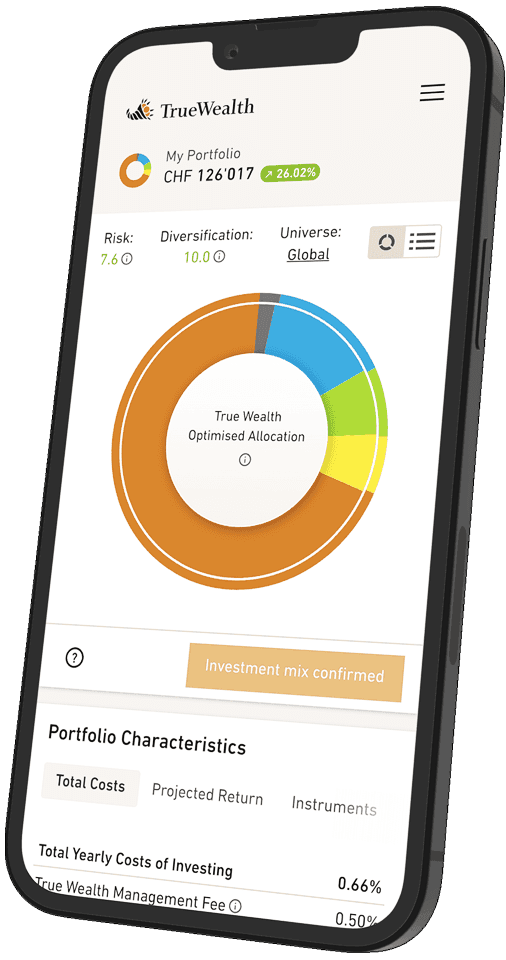#39 How is money created?
Money creation refers to the process by which new money is brought into circulation. This happens in two ways: on the one hand, the Swiss National Bank (SNB) creates money through its banknote monopoly, and on the other hand, commercial banks create new money – out of nothing, so to speak – by granting loans.
Let's take a look at how the SNB and commercial banks can create money and how these forms of money differ.
Money creation by the central bank
National banks or central banks create what is known as central bank money. This is created exclusively by central banks and comprises two components: the banknotes in circulation and the commercial banks' sight deposits at the central bank.
Central bank deposits arise, for example, when:
- the SNB buys securities or gold from a commercial bank,
- or when it grants the bank a loan.
In return, the loan amount is credited to the commercial bank's sight deposit account at the SNB, creating new central bank money. However, the commercial banks must deposit collateral for the loan and pay interest to the central bank. If the loan is repaid in full, the previously created central bank money disappears again. It is, so to speak, «destroyed».
The purpose of central bank money
But why do commercial banks need central bank deposits?
- Minimum reserves: Banks are legally required to hold a minimum reserve in their central bank account. In Switzerland, this minimum reserve is currently 4% of customer deposits. The SNB can adjust this rate to influence the price level.
- Cash supply: To cover the demand for cash, commercial banks require credit balances at the central bank from which they can withdraw cash.
- Payment transactions: For transfers between banks (i.e., for payment transactions), central bank deposits play a crucial role. If, for example, Mr. Miller of Bank A transfers money to Ms. Cole at Bank B, the corresponding amount is transferred from Bank A's account at the central bank to Bank B's account.
Commercial banks and book money
In addition to central bank money, there is also what is known as book money. In contrast to central bank money, book money refers to bank customers' demand deposits – such as the balance on a salary or savings account. Although book money is not considered legal tender, it represents a claim on central bank money. Bank customers can convert their demand deposits into cash or make transfers that are settled with central bank deposits.
Creation of book money
Book money is created when a commercial bank grants credit, e.g., in the form of mortgages. When a bank grants a loan, the corresponding amount is credited to the borrower's account. This increases both the assets (loans) and the liabilities (customer deposits) on the bank's balance sheet.
In practice, the borrower will often spend the amount immediately, e.g., on a house. This reduces the balance on his account, while the balance in favor of the recipient at his bank increases. The recipient's bank can in turn grant a new loan in the amount of the deposit less the minimum reserve that the bank has to deposit with the central bank.
This process can continue indefinitely and leads to a multiple creation of money.
The risks and benefits of book money
For the end user, cash and book money are practically the same. However, there are relevant differences.
In addition to the risk of inflation, book money is subject to a credit risk: if a bank goes bankrupt, the customer may not be able to redeem his claim to central bank money, or only up to the maximum amount of the deposit insurance. In Switzerland, this is usually CHF 100'000 per customer.
However, there are also advantages: deposits enable efficient payment transactions and, in normal times, they yield interest income. They are also very practical. Imagine having to send cash by post before you can receive an online order.
The process of money creation is not easy to understand. Did you know how banks create money? And what questions do you still have? Send me an email.
About the author

Founder and CEO of True Wealth. After graduating from the Swiss Federal Institute of Technology (ETH) as a physicist, Felix first spent several years in Swiss industry and then four years with a major reinsurance company in portfolio management and risk modeling.

Ready to invest?
Open accountNot sure how to start? Open a test account and upgrade to a full account later.
Open test account